Back to Courses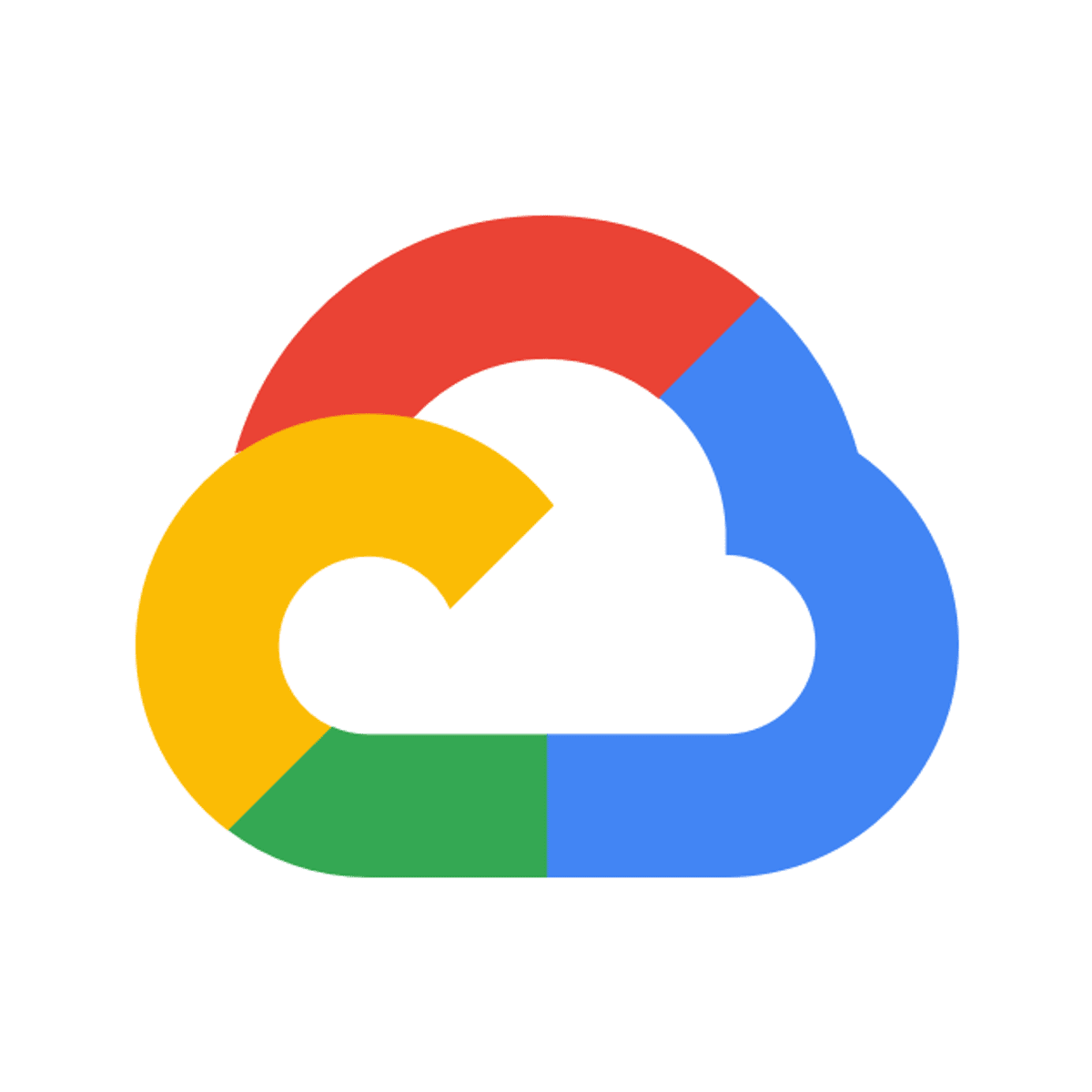
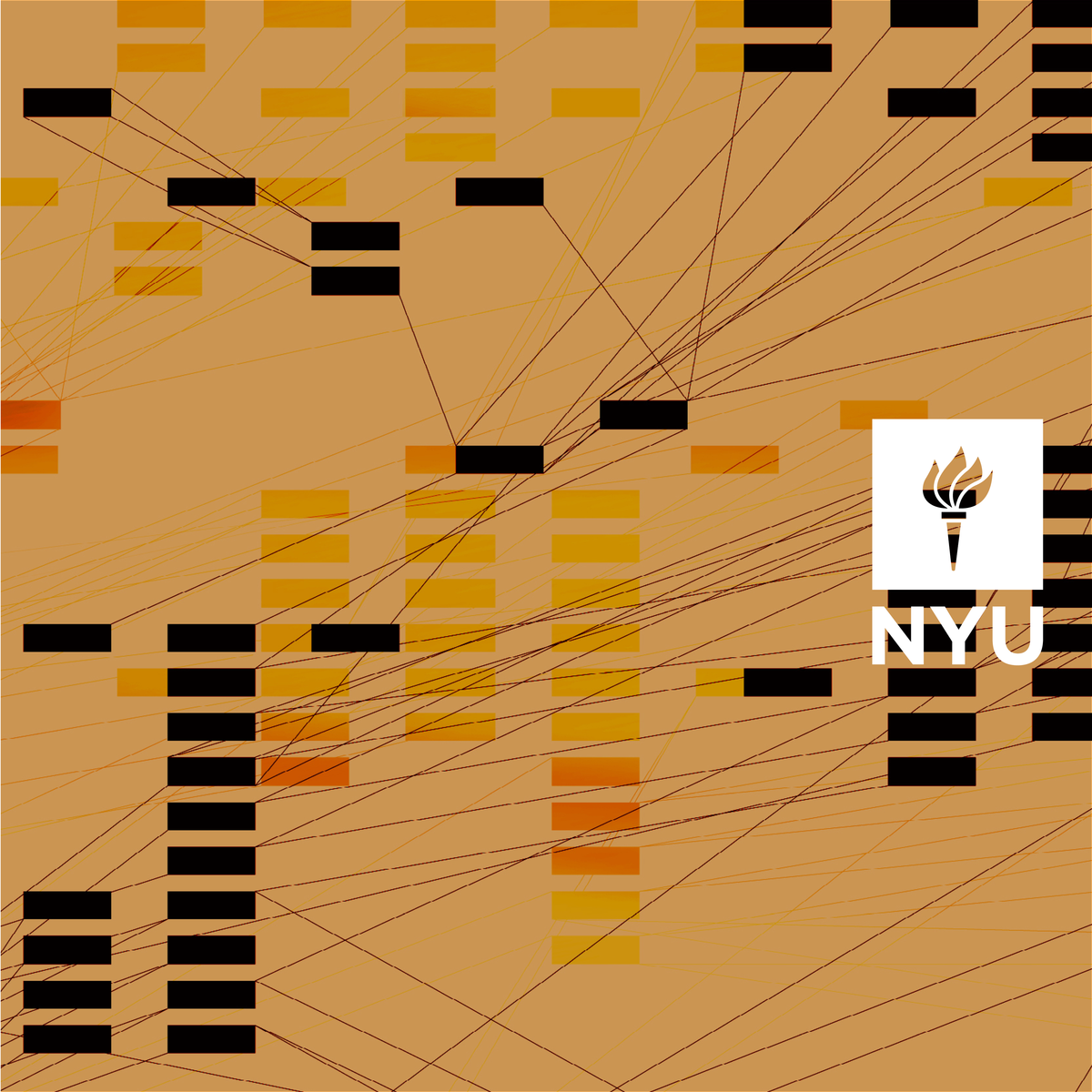
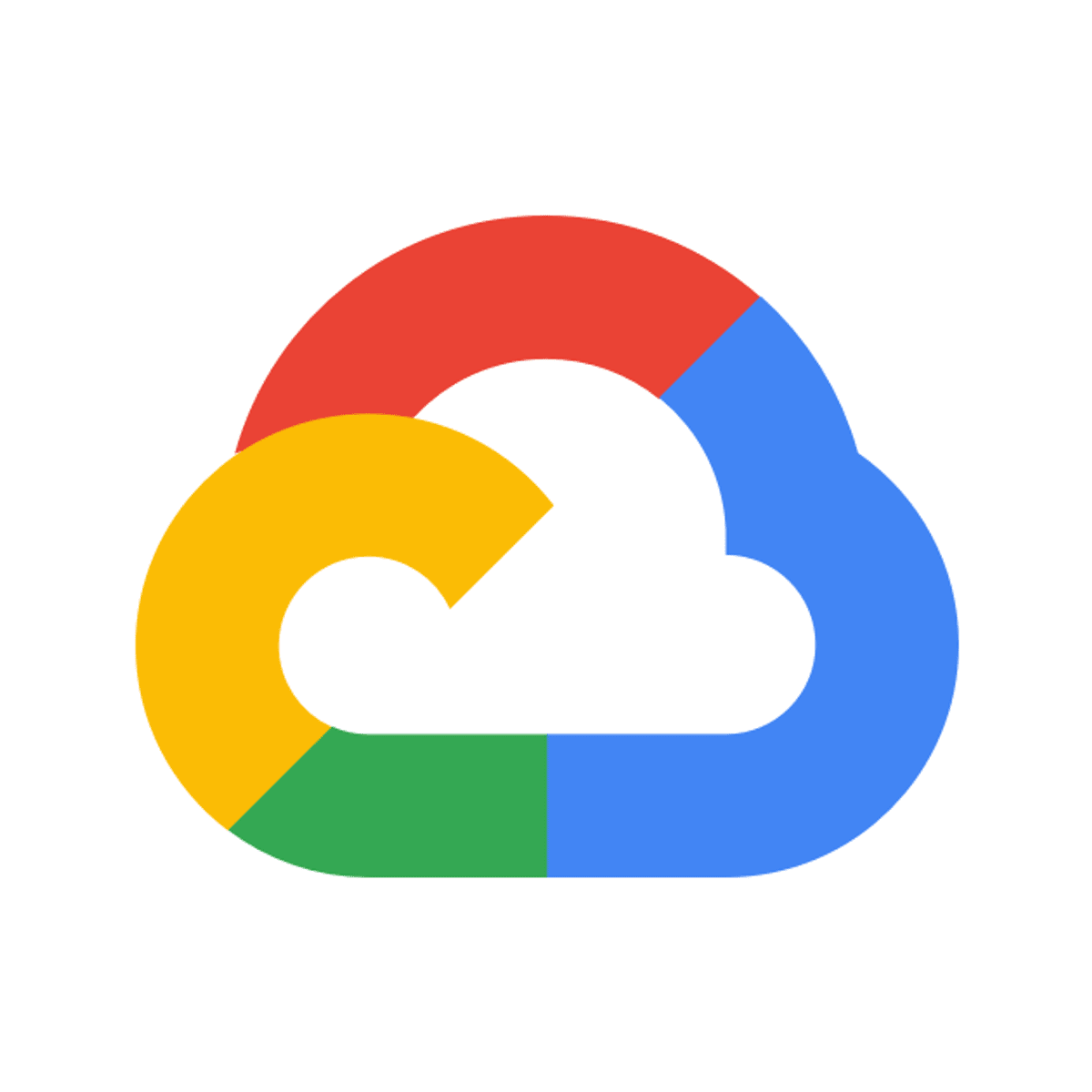

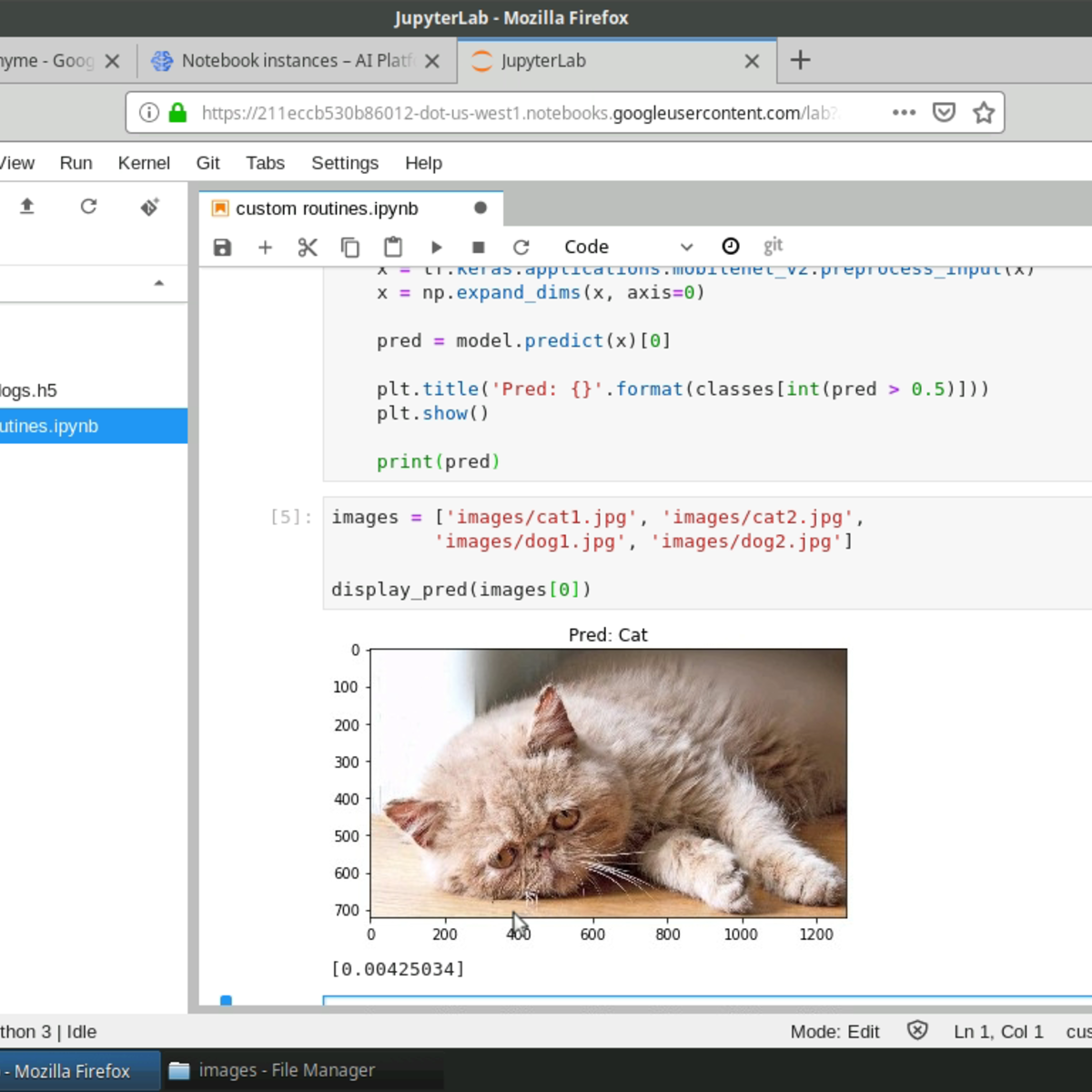
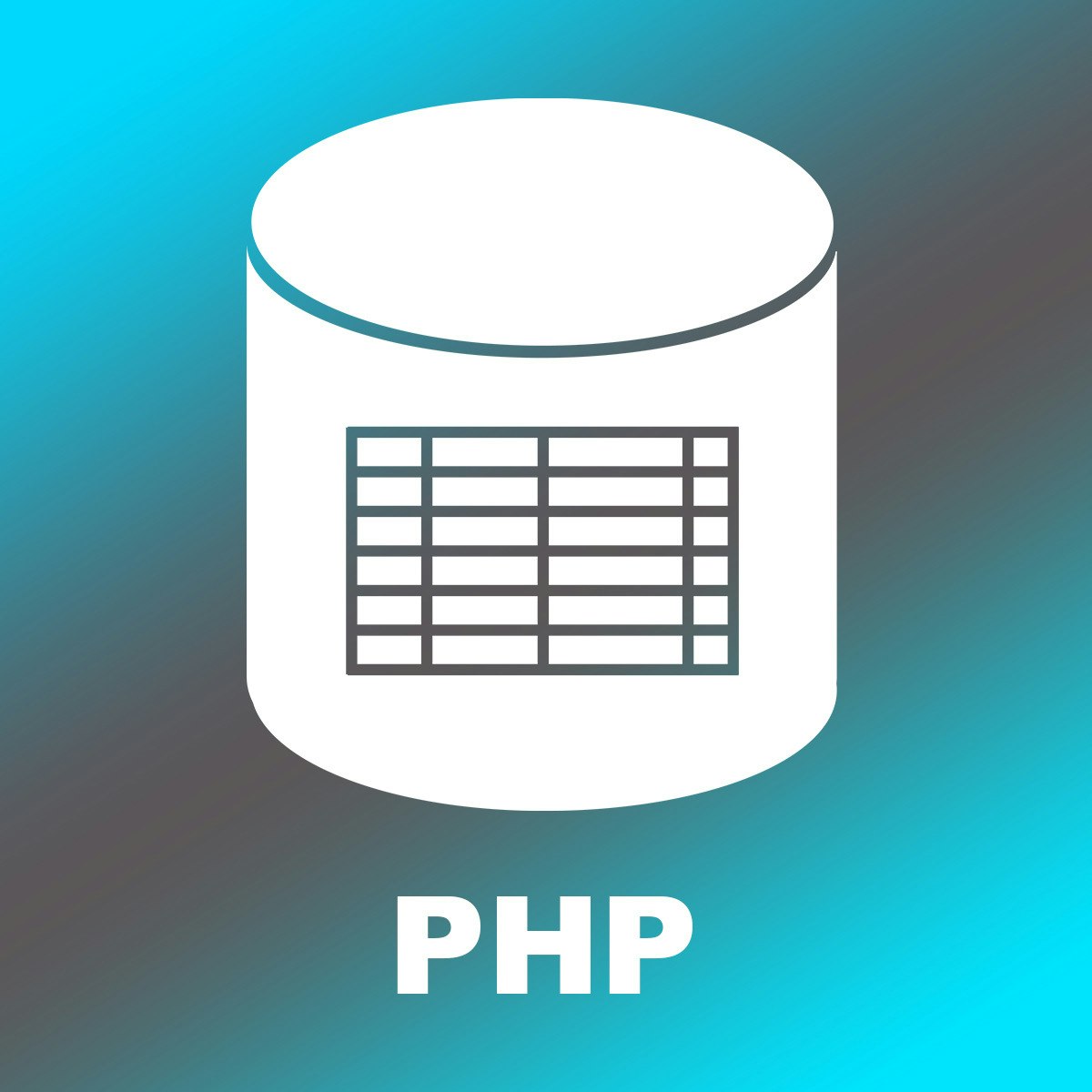

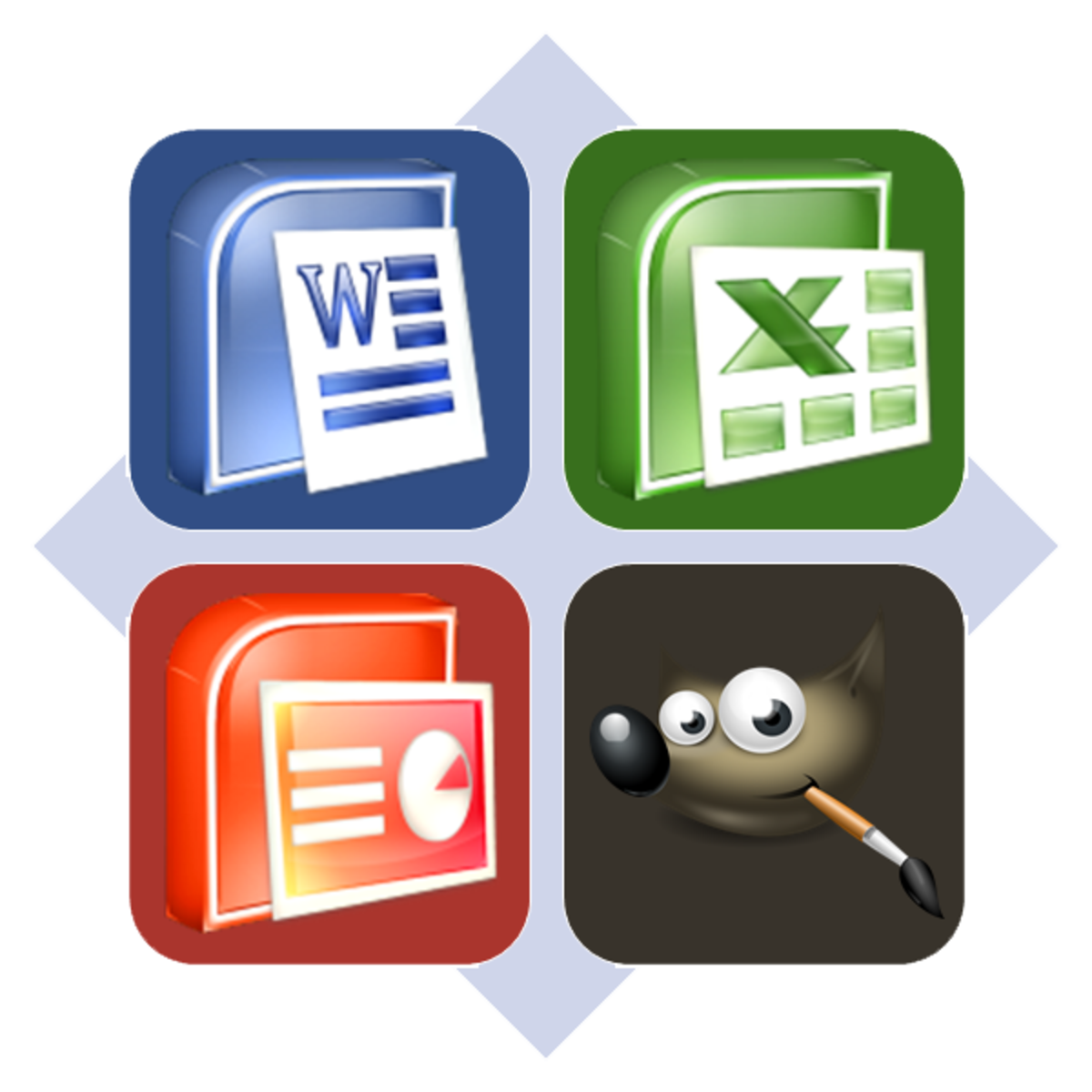
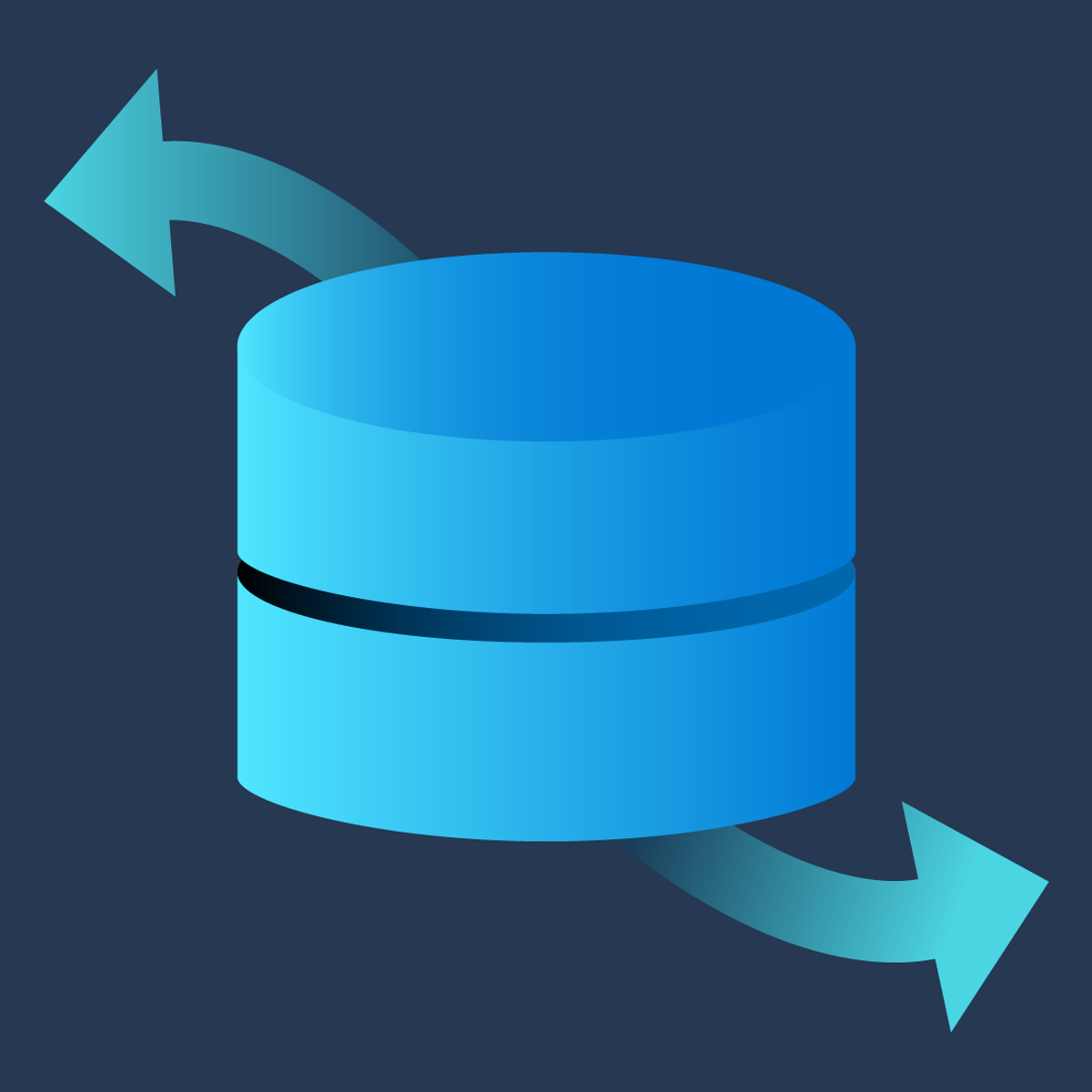
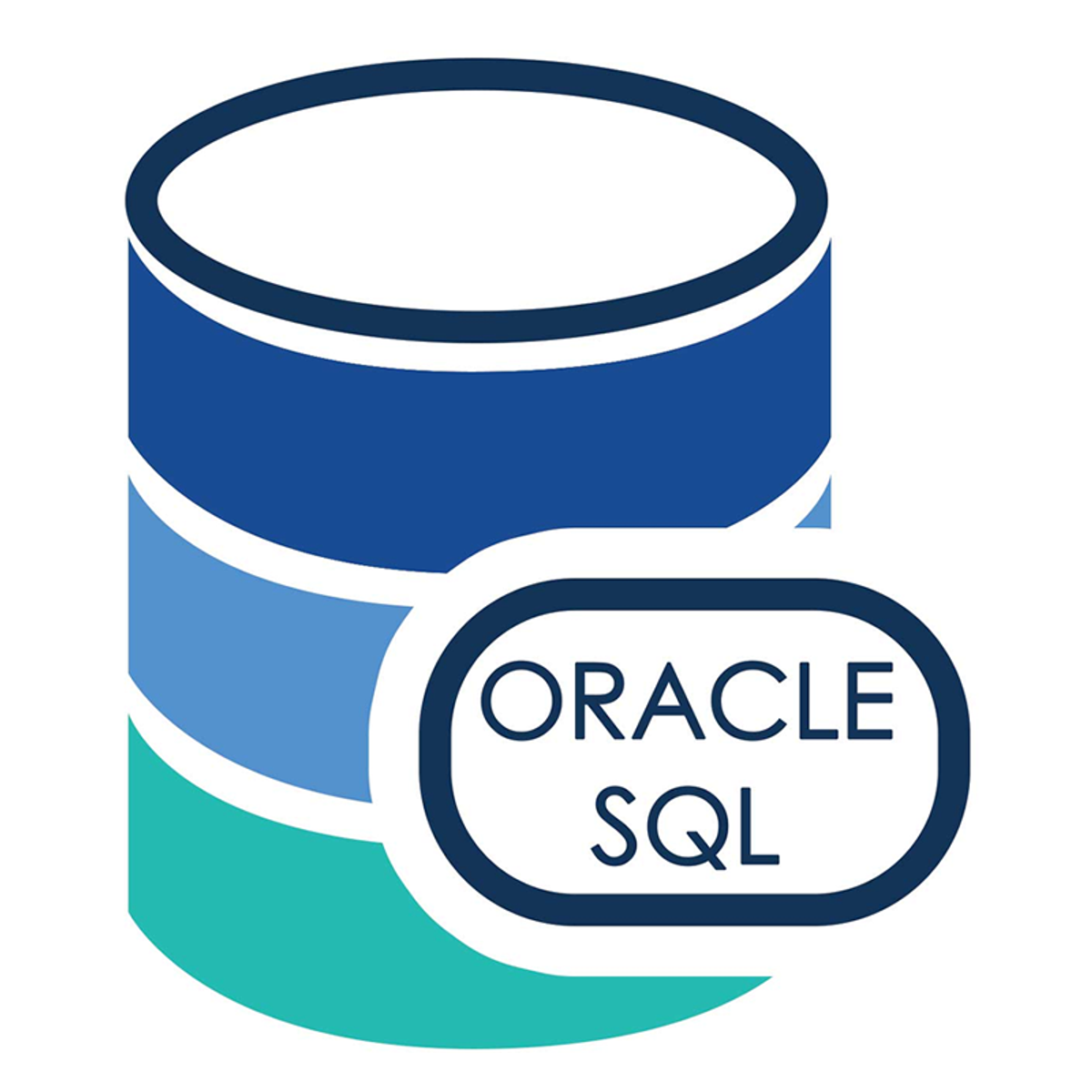
Information Technology Courses - Page 109
Showing results 1081-1090 of 1471

Exploring Dataset Metadata Between Projects with Data Catalog
This is a self-paced lab that takes place in the Google Cloud console. In this lab, you will explore existing datasets with Data Catalog and mine the table and column metadata for insights.

Information Visualization: Foundations
The main goal of this specialization is to provide the knowledge and practical skills necessary to develop a strong foundation on information visualization and to design and develop advanced applications for visual data analysis.
This course aims at introducing fundamental knowledge for information visualization. The main goal is to provide the students with the necessary “vocabulary” to describe visualizations in a way that helps them reason about what designs are appropriate for a given problem. This module also gives a broad overview of the field of visualization, introducing its goals, methods and applications.
A learner with some or no previous knowledge in Information Visualization will get a sense of what visualization is, what it is for and in how many different situations it can be applied; will practice to describe data in a way that is useful for visualization design; will familiarize with fundamental charts to talk about the concept of visual encoding and decoding.

Confluent: Developing a Streaming Microservices Application
This is a self-paced lab that takes place in the Google Cloud console. This hands-on lab provides step-by-step instructions for developers to apply the basic principles of streaming applications using the Confluent Platform.

Cloud Storage: Qwik Start - CLI/SDK
This is a self-paced lab that takes place in the Google Cloud console. This hands-on lab shows you how to perform basic tasks in Cloud Storage using the gsutil command-line tool. Watch the short video Google Cloud Storage: Massive Scalability Plus More.

Custom Prediction Routine on Google AI Platform
Please note: You will need a Google Cloud Platform account to complete this course. Your GCP account will be charged as per your usage. Please make sure that you are able to access Google AI Platform within your GCP account. You should be familiar with python programming, and Google Cloud Platform before starting this hands on project. Please also ensure that you have access to the custom prediction routine feature in Google AI Platform.
In this 2-hour long project-based course, you will learn how to deploy, and use a model on Google’s AI Platform. Normally, any model trained with the TensorFlow framework is quite easy to deploy, and you can simply upload a Saved Model on Google Storage, and create an AI Platform model with it. But, in practice, we may not always use TensorFlow. Fortunately, the AI Platform allows for custom prediction routines as well and that’s what we are going to focus on. Instead of converting a Keras model to a TensorFlow Saved Model, we will use the h5 file as is. Additionally, since we will be working with image data, we will use this opportunity to look at encoding and decoding of byte data into string for data transmission and then encoding of the received data in our custom prediction routine on the AI Platform before using it with our model.
This course runs on Coursera's hands-on project platform called Rhyme. On Rhyme, you do projects in a hands-on manner in your browser. You will get instant access to pre-configured cloud desktops containing all of the software and data you need for the project. Everything is already set up directly in your Internet browser so you can just focus on learning. For this project, you’ll get instant access to a cloud desktop with (e.g. Python, Jupyter, and Tensorflow) pre-installed.
Note: This course works best for learners who are based in the North America region. We’re currently working on providing the same experience in other regions.

Using MySQL Database with PHP
In this 1.5 hour project, you will combine your knowledge of HTML, object-oriented PHP, SQL, and MySQL to make a dynamic website that uses MySQL database on the web server. You will learn two different methods, one applies to 12 other SQL databases and one specific to MySQL. Basic HTML, object-oriented PHP, relational database, and SQL required as prerequisites. Completing my courses "Build an Automobile Listing Website with PHP" and "Learn Object-Oriented Programming with PHP" first is highly recommended.

Science Communication: Communicating Trustworthy Information in the Digital World
In a world of information overload, how does one find reliable information? Science is supposed to be the answer to our society's complicated challenges. However, as the Covid-19 pandemic highlighted, not understanding what is fake news, misinformation or what is fact may lead to widespread public mistrust, or turn science into fuel for conspiracy theories or propaganda. Scientific findings are prone to change, making it difficult to effectively communicate them to the public. This fosters broad public skepticism towards major institutions, from the government to media to science. So, how can we communicate science effectively? And how can we rebuild trust in science? As a result, it is critical that we reconsider our science communication practices to recover public trust.
This course offers a current overview of science communication. We cover a wide range of topics like fake news, mis- or disinformation, but also how to combat these practices. We explore how major stakeholders (scientists, policymakers, science communicators and citizens) can work together to improve science communication. And we tackle how people and organizations can earn and maintain public trust via effective science communication. We recommend this course to scientists, journalists, policymakers or any learners interested in science communication.
More information can be found at www.trescaproject.eu (This project has received funding from the European Union’s Horizon 2020 Research and Innovation Programme under Grant Agreement No 872855.)

Introduction to Computers and Office Productivity Software
In this course, you will learn the following essential computer skills for the digital age:
Major hardware components of a computer system
Different types of software on a computer system
Photo Editing using GIMP
Word processing applications, including MS Word, MS Excel, and MS PowerPoint

Microsoft Azure SQL
In this course, you will learn the fundamentals of database concepts in a cloud environment, get basic skilling in cloud data services, and build your foundational knowledge of cloud data services within Microsoft Azure. You will explore relational data offerings, provisioning and deploying relational databases, and querying relational data through cloud data solutions with Microsoft Azure. You will learn you'll learn about SQL. You'll see how it's used to query and maintain data in a database, and the different dialects that are available.
This is the second course in a program of five courses to help prepare you to take the Exam DP-900: Microsoft Azure Data Fundamentals. so that you can demonstrate that you have a foundational knowledge of the core database concepts in a cloud environment.
This course is ideal for IT professionals who want to learn the fundamentals of database concepts in a cloud environment, get basic skilling in cloud data services, and build their foundational knowledge of cloud data services within Microsoft Azure with a view to taking up roles as Data Engineers and Database Administrators. It is also suitable for working database professionals looking for additional skills or credentials to showcase expertise in a cloud environment and IT professionals looking to specialize in the specific area of Azure data.
To be successful in this course, you need to have basic computer literacy and proficiency in the English language. Successful Azure Data Fundamentals students start with some basic awareness of computing and Internet concepts, and an interest in extracting insights from data. It is an advantage to have experience using a web browser, familiarity with basic data-related concepts, such as working with tables of data in a spreadsheet, and visualizing data using charts.

Oracle SQL Practice Course
This course is designed for SQL beginners to review SQL statements, including creating tables, adding columns, and modifying tables. We'll look at using alter statements and learners will practice using DDL and DML statements completing exercises.
Popular Internships and Jobs by Categories
Browse
© 2024 BoostGrad | All rights reserved


